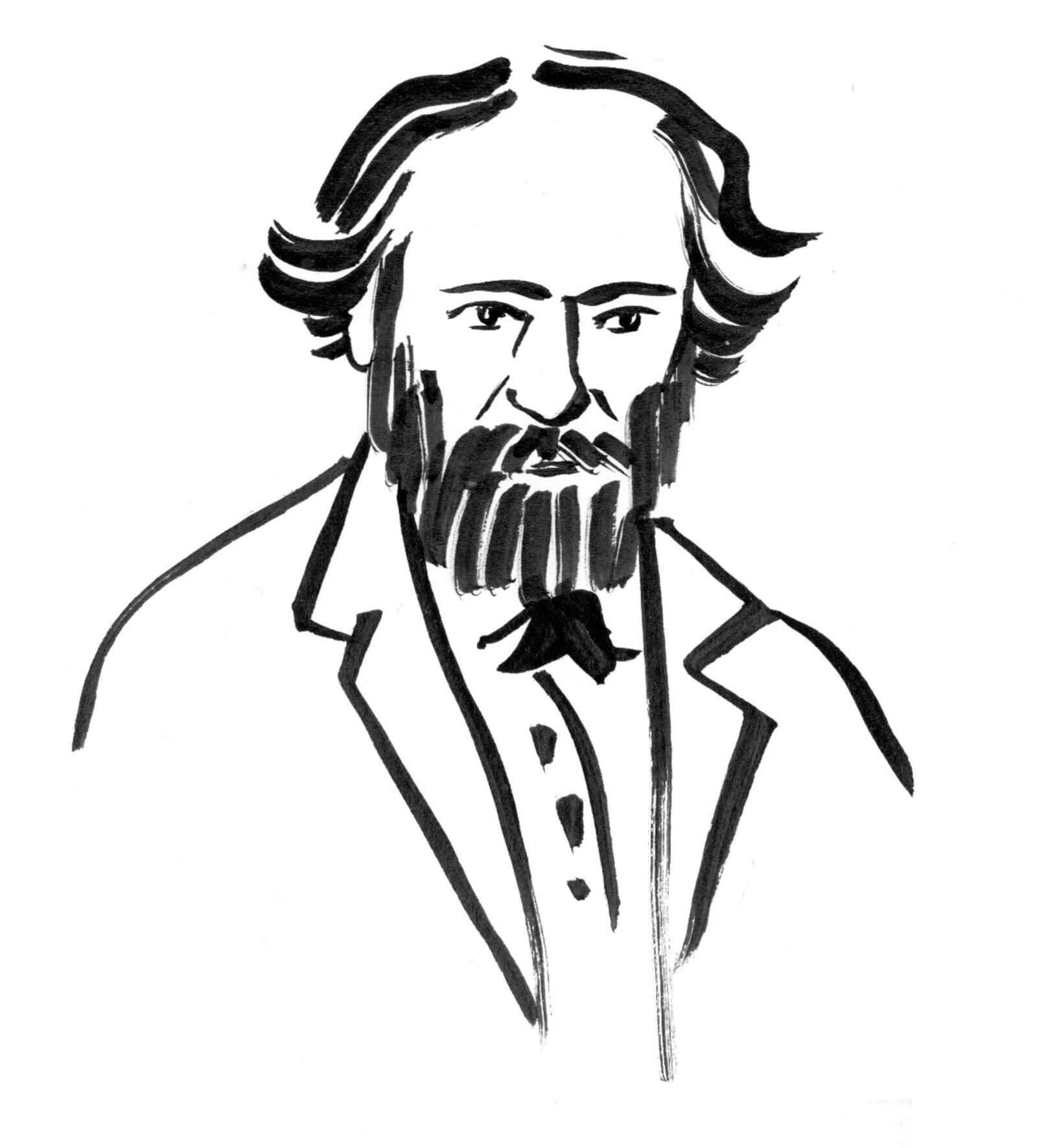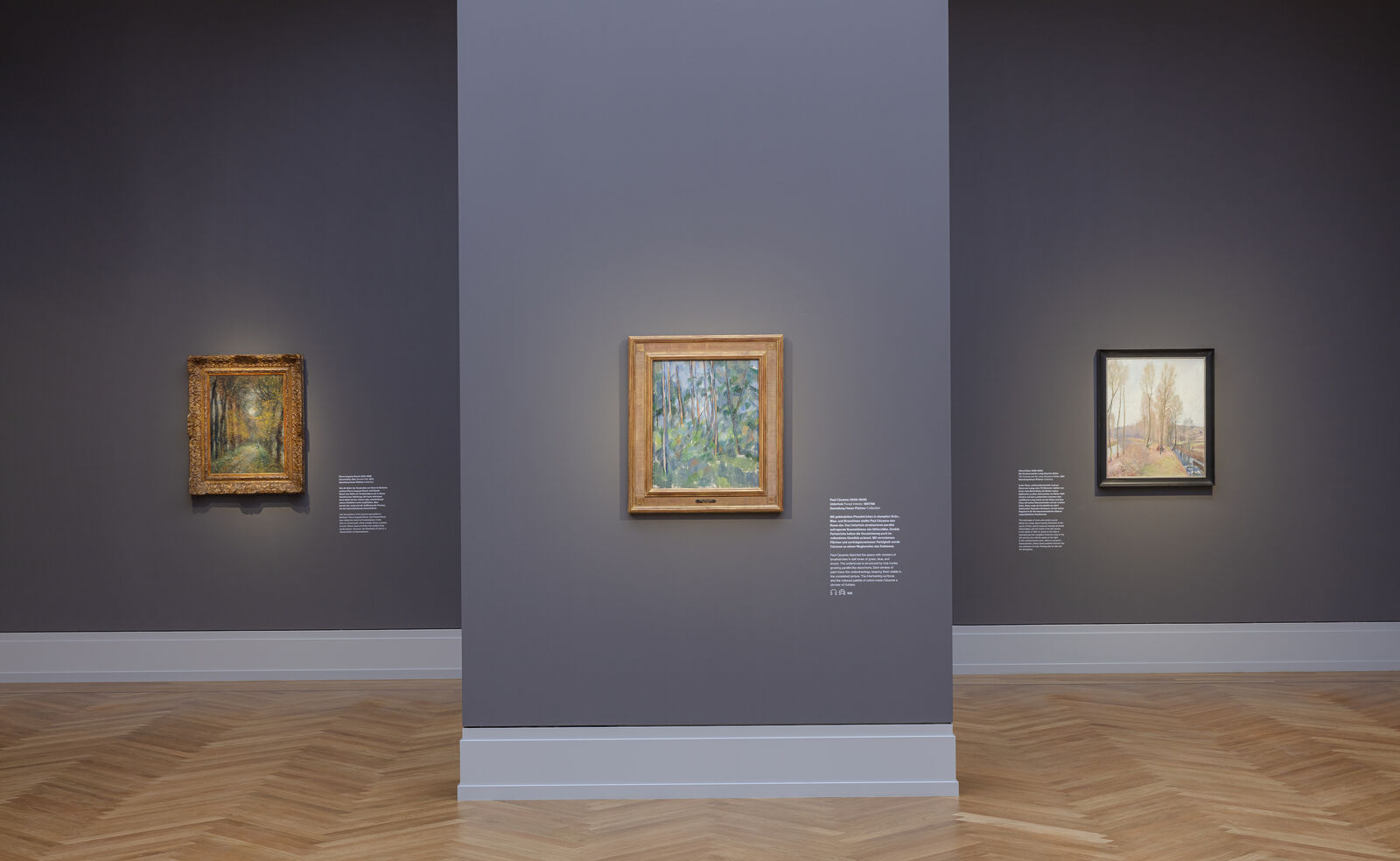
Laura Junger
Paul Cézanne
Born 1839 in Aix-en-Provence
Died 1906 in Aix-en-Provence
Cézanne is one of the most important artists at the threshold of 20th-century modernism. His style, in which all pictorial elements received equal painterly emphasis, shaped the next generation of artists.

David von Becker
Cézanne first studied law in Aix-en-Provence. In 1861 he joined his school friend, the writer Émile Zola, in Paris. He applied unsuccessfully to the École des Beaux-Arts before attending the Académie Suisse, where he met Guillaumin, Monet, and Pissarro. After his rejection from the official Salon, Cézanne participated in the Salon des Refusés in 1863.
In 1873, he moved to Auvers-sur-Oise and devoted himself to landscape painting, which he pursued alongside figural scenes and still lifes. In 1874 he participated in the first Impressionist exhibition. The death of his father in 1886 enabled Cézanne to enjoy a financially secure life in Aix-en-Provence. In 1907, he was posthumously honored with a much-acclaimed retrospective at the Salon d’Automne.
Cézanne in the collection
Paul Cézanne is represented with one work in the Hasso Plattner Collection, on view in the Museum Barberini as a permanent loan from the Hasso Plattner Foundation. With over 110 paintings of French Impressionism and Post-Impressionism, including masterpieces by Claude Monet, Pierre-Auguste Renoir, Berthe Morisot, Gustave Caillebotte, and Paul Signac, the museum in Potsdam is one of the most important centers of Impressionist landscape painting in the world.




